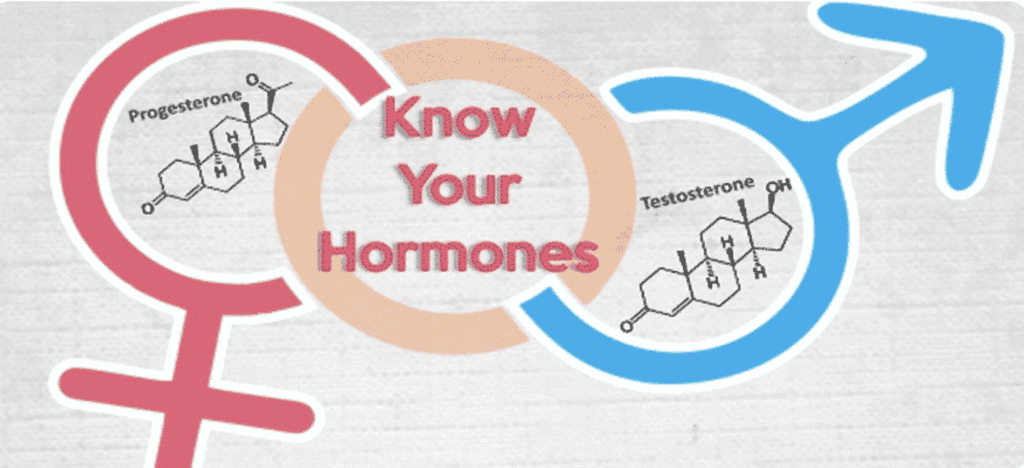
The transition towards menopause is a normal and expected component of the aging process for women. Because of this, there is a huge shift in the course of their lives, as they will no longer experience menstruation. Women often suffer a variety of physical and emotional symptoms during this transition, which typically takes place between the ages of 45 and 55. This period typically occurs between these two ages. In this post, we will explore how to be ready for the day when your periods will cease occurring permanently as well as what to anticipate throughout menopause.
The transitional phase leading up to menopause is called perimenopause. During this time, a woman’s hormone balance starts to alter, which may cause symptoms such as irregular periods, hot flashes, mood changes, and sleep disorders. Menopause is the last stage of a woman’s reproductive life. This stage may begin as early as the middle of a woman’s 30s, although it most often happens in the late 40s or early 50s of her life. The period of time known as perimenopause may last anywhere from a few months to many years. During this time, a woman’s ovaries continue to produce estrogen, but at levels that are far lower than those seen during the reproductive years.
2.Understanding Menopause
The menopause is a normal biological process that occurs at the conclusion of a woman’s reproductive years and signals the end of her ability to have children. It happens when the ovaries stop releasing eggs and the levels of hormones like estrogen and progesterone drop considerably. Other symptoms include hot flashes, night sweats, and vaginal dryness. A lady is considered to have the condition if she has gone twelve months without having a menstrual cycle.
3.Differences between the premenopause, menopause, and perimenopause
The perimenopause is significant because it enables women to better anticipate and cope with the mental and physical changes that come with the periods of life in which they find themselves. Women who are aware that they are in the perimenopause, for instance, may be better able to identify and cope with symptoms such as hot flashes, mood swings, and sleep difficulties. In a similar vein, women who have already gone through menopause have the ability to take measures to lower their risk of developing certain health disorders, such as osteoporosis and heart disease, which are more prevalent at this stage of a woman’s life owing to the reduction in estrogen levels that occurs after menopause.
In addition to causing changes in a woman’s physical appearance, menopause and perimenopause may also have an impact on a woman’s emotions and mental state. Women who have reached the end of their reproductive years may struggle with concerns such as body image and sexual function, and they may also suffer emotions of loss or melancholy connected to the passing of their reproductive years. Women may better seek out assistance and services to assist them in navigating these changes and maintaining their general health and well-being if they have a better grasp of the distinctions between perimenopause and menopause.
4.Menopause: The Symptoms and Signs to Look Out For
As a woman nears menopause, she may begin to experience a variety of physical and mental symptoms, such as hot flashes, night sweats, vaginal dryness, mood swings, irritability, and weariness. These symptoms might be caused by the change in hormone levels that occurs during this time. These symptoms may continue for many years after a woman has gone through menopause; however, the intensity of these symptoms and how long they remain may vary greatly from woman to woman.
5.Getting Ready for Menopause
It is really necessary to be ready for it in order to make the shift go more smoothly. The following is a list of actions that women may take in order to be ready for menopause:
Having a Discussion with Your Physician
Women should talk to their doctors about their symptoms and medical history. Doctors can help them understand what to expect during menopause and recommend treatments that can alleviate their symptoms.
Taking on a More Healthy Way of Life

Women may find that adopting a healthier way of life helps them better control their symptoms. Getting adequate sleep, exercising on a regular basis, and eating a healthy, well-balanced diet are all things that may help decrease hot flashes and night sweats.
Using Dietary Supplements

Vitamin D and calcium are two examples of dietary supplements that might assist women in maintaining their bone health following menopause. Before beginning to take any kind of supplement, it is important for women to be sure they have discussed the decision with their primary care providers.
6.Ways to Deal with the Symptoms of Menopause
There are a wide variety of therapeutic options accessible to women that may assist them in symptom management. The following are some of the most commonly used treatments:
Therapy for the Replacement of Hormones

Hormone replacement therapy, often known as HRT, is a kind of treatment that helps ease the symptoms of menopause by providing the body with more estrogen and progesterone. Before beginning this medication, it is important for women to have a discussion with their primary care physicians about the advantages and disadvantages of HRT.
Alternatives to Hormonal Therapies
Mood swings and hot flashes are symptoms that may be alleviated with the use of non-hormonal medicines such as antidepressants and blood pressure drugs. Before beginning any of these therapies, it is important that women discuss the potential advantages and disadvantages with their primary care providers.
